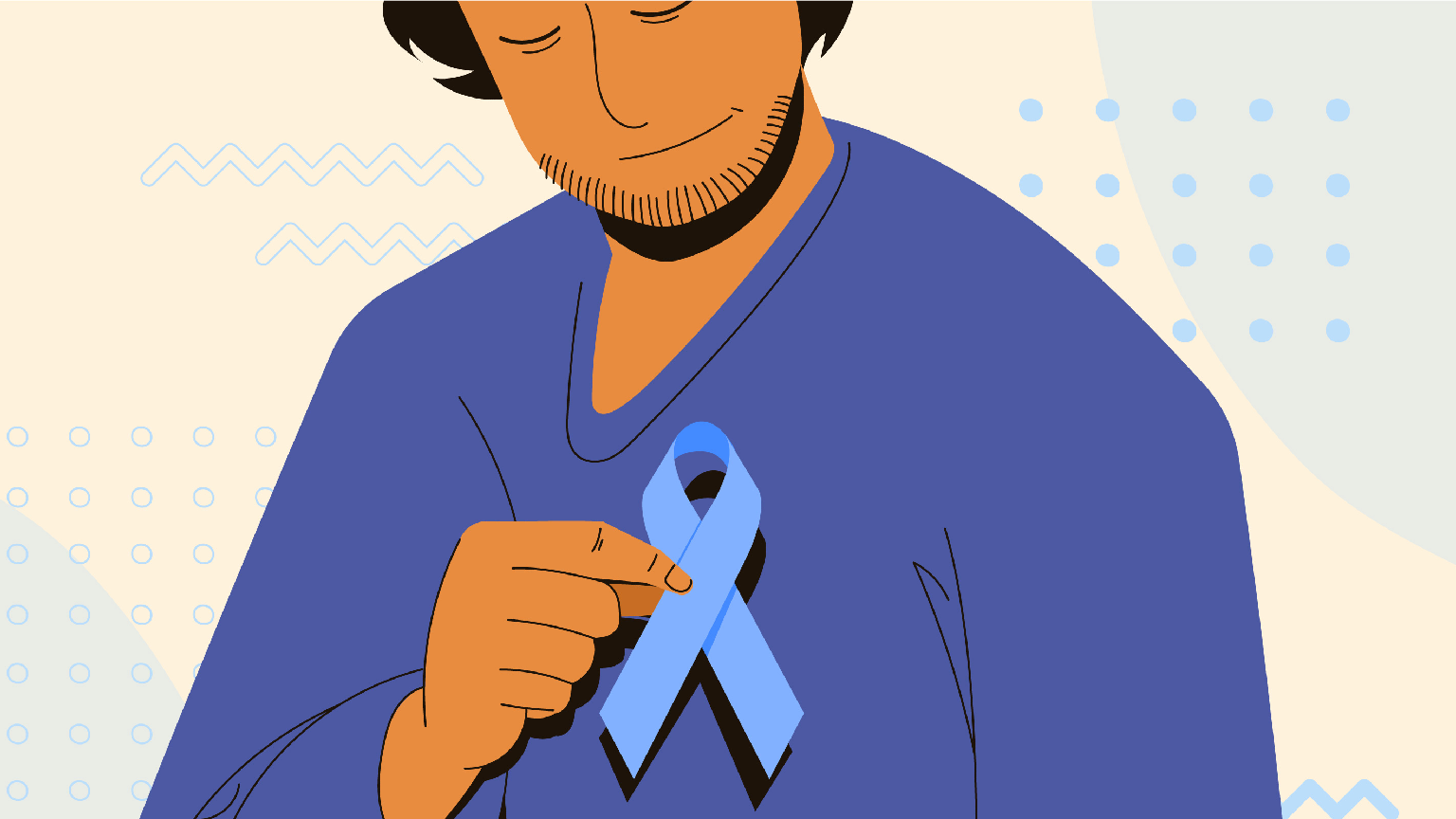Prostatitis is a condition characterized by inflammation of the prostate gland, which can lead to various urinary and pelvic symptoms. It affects men of all ages but is most common in men under 50. This article provides a detailed overview of prostatitis, its types, symptoms, causes, diagnosis, and treatment options.
What is Prostatitis?
Prostatitis is the inflammation of the prostate gland. It can be categorized into four main types:
- Acute Bacterial Prostatitis: A sudden bacterial infection causing severe symptoms.
- Chronic Bacterial Prostatitis: A recurrent bacterial infection with milder symptoms.
- Chronic Prostatitis/Chronic Pelvic Pain Syndrome (CP/CPPS): The most common form, characterized by chronic pelvic pain without an identifiable bacterial infection.
- Asymptomatic Inflammatory Prostatitis: Inflammation of the prostate without symptoms, usually found during examinations for other conditions.
Symptoms of Prostatitis
The symptoms of prostatitis can vary depending on the type:
- Acute Bacterial Prostatitis:
-
- Severe urinary symptoms (burning sensation, difficulty urinating)
- Fever and chills
- Pelvic or perineal pain
- Nausea and vomiting
- Painful ejaculation
- Chronic Bacterial Prostatitis:
-
- Recurrent urinary tract infections
- Mild pelvic pain
- Frequent urination, especially at night
- Painful urination and ejaculation
- Chronic Prostatitis/Chronic Pelvic Pain Syndrome (CP/CPPS):
-
- Chronic pelvic pain
- Discomfort in the perineum, lower back, and genital area
- Pain during or after ejaculation
- Urinary frequency and urgency
- Asymptomatic Inflammatory Prostatitis:
-
- No noticeable symptoms
- Inflammation detected through tests for other conditions
Causes of Prostatitis
The causes of prostatitis vary depending on the type:
- Bacterial Infections: Acute and chronic bacterial prostatitis are caused by bacterial infections, often from bacteria that cause urinary tract infections.
- Autoimmune Responses: CP/CPPS may result from an autoimmune response, where the body’s immune system attacks healthy prostate cells.
- Nerve Damage: Injury or inflammation of the nerves in the lower urinary tract can contribute to CP/CPPS.
- Chemical Irritation: Certain chemicals in the urine can irritate the prostate.
- Psychological Factors: Stress and anxiety can exacerbate CP/CPPS symptoms.
Diagnosis of Prostatitis
Diagnosing prostatitis involves a comprehensive evaluation:
- Medical History and Symptom Review: Discussing symptoms, their duration, and impact on daily life.
- Physical Examination: Including a digital rectal exam (DRE) to check for prostate abnormalities.
- Urine Tests: To detect bacteria and white blood cells.
- Blood Tests: To check for signs of infection and inflammation.
- Prostate Fluid Analysis: Examining fluid expressed from the prostate for signs of infection.
- Imaging Tests: Ultrasound or MRI to visualize the prostate and surrounding structures.
- Urodynamic Tests: Assessing bladder and urethra function.
Treatment Options for Prostatitis
The treatment for prostatitis depends on the type and severity of symptoms:
- Acute Bacterial Prostatitis:
-
- Antibiotics: Typically prescribed for 4-6 weeks.
- Pain Relief: Nonsteroidal anti-inflammatory drugs (NSAIDs) or analgesics.
- Hospitalization: In severe cases, intravenous antibiotics and hospitalization may be necessary.
- Chronic Bacterial Prostatitis:
-
- Long-Term Antibiotics: Prolonged antibiotic treatment, often for 6-12 weeks.
- Pain Management: NSAIDs, alpha-blockers to relax prostate muscles.
- Lifestyle Changes: Increasing fluid intake, avoiding irritants like caffeine and alcohol.
- Chronic Prostatitis/Chronic Pelvic Pain Syndrome (CP/CPPS):
-
- Medications: Alpha-blockers, anti-inflammatory drugs, muscle relaxants.
- Physical Therapy: Pelvic floor physical therapy to relieve muscle tension.
- Stress Management: Techniques like biofeedback, counseling, and stress reduction.
- Dietary Changes: Avoiding foods and drinks that irritate the bladder.
- Asymptomatic Inflammatory Prostatitis:
-
- Monitoring: Regular follow-ups to monitor inflammation and rule out other conditions.
Preventive Measures
While prostatitis cannot always be prevented, certain lifestyle changes may reduce the risk:
- Hydration: Drinking plenty of water to flush out bacteria.
- Hygiene: Practicing good personal hygiene.
- Safe Sexual Practices: Using protection to prevent sexually transmitted infections.
- Avoiding Prolonged Sitting: Regular breaks to reduce pressure on the prostate.
- Stress Management: Techniques to reduce stress and anxiety.
- Warm baths: Sitting in a warm bath can provide pain relief.
- Dietary changes: Avoiding caffeine and alcohol can improve bladder irritation.
- Ejaculation: Regular ejaculation may be helpful, although more research is needed.
Living with Prostatitis
Prostatitis can be a frustrating condition, but it’s manageable with proper diagnosis and treatment. By working with your doctor and adopting healthy lifestyle habits, you can find relief and improve your quality of life.
Disclaimer: This blog post provides general information only and should not replace a consultation with a healthcare professional. If you’re experiencing symptoms of prostatitis, schedule an appointment with your doctor to discuss the best course of treatment for you.
Conclusion
Prostatitis is a complex condition with various types and causes, requiring a tailored approach to diagnosis and treatment. Understanding the symptoms and seeking timely medical advice can significantly improve outcomes. If you experience any symptoms of prostatitis, consult a healthcare provider for an accurate diagnosis and appropriate treatment plan. Regular check-ups and a healthy lifestyle are crucial for maintaining prostate health and overall well-being.








